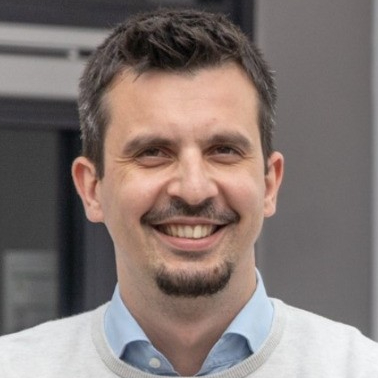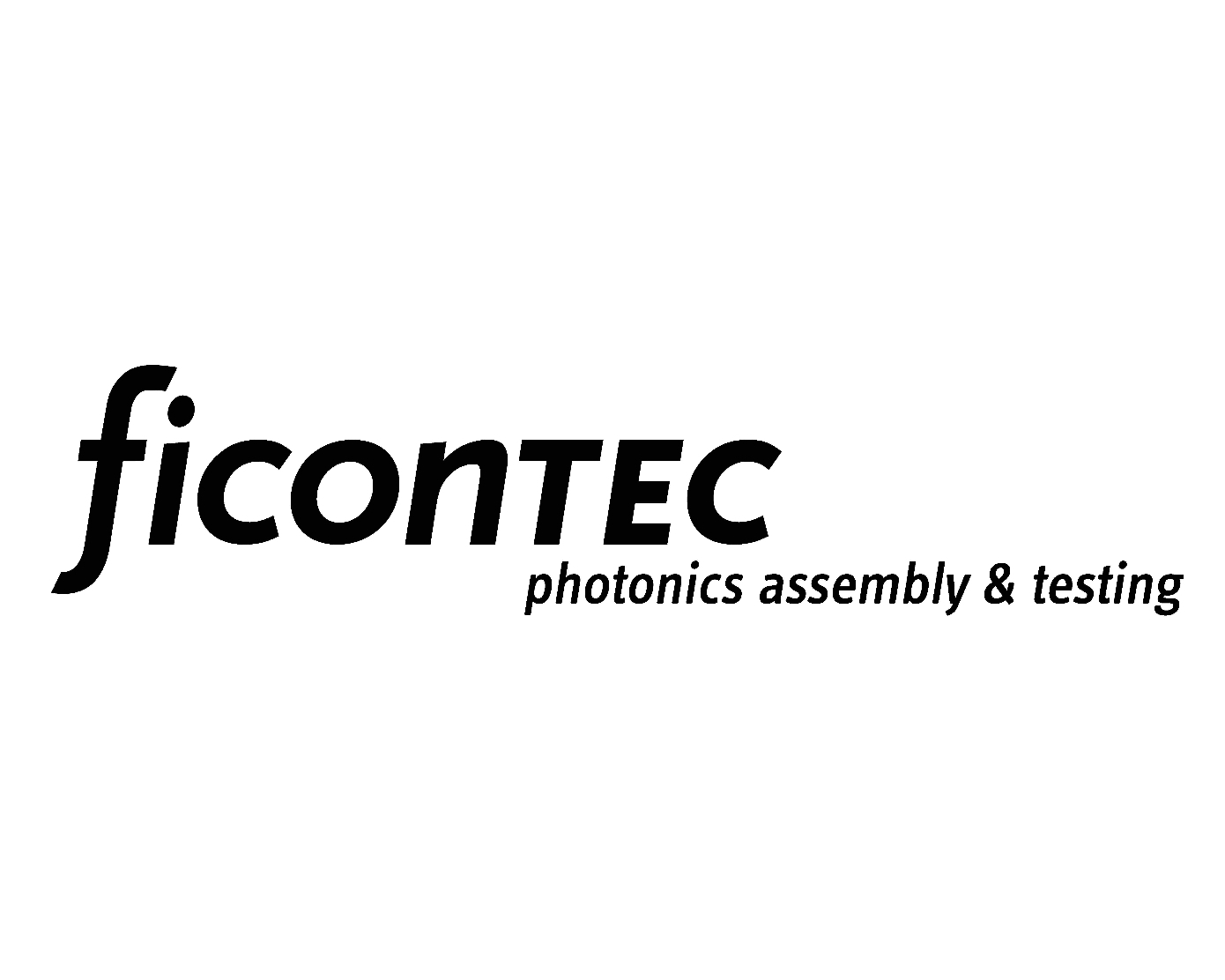Andon Bano
International Sales Engineer
ficonTEC
Dr. Andon Bano is currently responsible for ficonTEC sales in the European market. He is working since 10 years in the photonics industry covering different roles from R&D to sales covering topics like Integrated Photonics, Photonics assembly and testing, Optical fiber sensors, Femtosecond lasers, metrology etc. He has a master’s degree in Electronic engineering and a PhD in Metrology form Politecnico di Torino.
Presentations
Modular System Concepts for Photonics Packaging and Testing
Within the photonics industry there is currently a big movement of defining standards for PIC layouts, connections, gold boxes and assembly procedures to streamline the evaluation and mass production of modules. A quite untouched area is the standardisation of photonics packaging and testing equipment which plays a crucial role within the value chain of the industry. This talk will highlight some of the industries standardisation activities, provide an insight about our machine standardisation efforts at ficonTEC and explain an application example of a machine which is used for fiber and free space optical coupling with minor adjustments.
Panel Sessions
Accelerating the Adoption of Advanced Photonic Integrated Circuits Using Design Standardisation in PIC Packaging
For many years PICs have been designed following strict design rules imposed by foundries (PDKs), but adoption of PIC technologies outside of data communications has been slowed dramatically by the complexity and high-cost associated with packaging processes. Current photonic packaging solutions are often bespoke, and to reduce costs tooling and processes need to be standardized as they are in the electronics industry. With the recent 400million euro announcement of PIXEurope – a consortium to lead the European Pilot Line on Advanced PICs – from the European Commission and Chips JU, we move towards open-access standardization of the complete ecosystem, including design, chip fabrication and hybrid integration, packaging, and test and reliability technologies. In this panel session, we’ll discuss how the packaging and test design rules will be developed alongside established foundry PDKs to converge onto a photonic-electronic integrated system ready for volume manufacturing.

